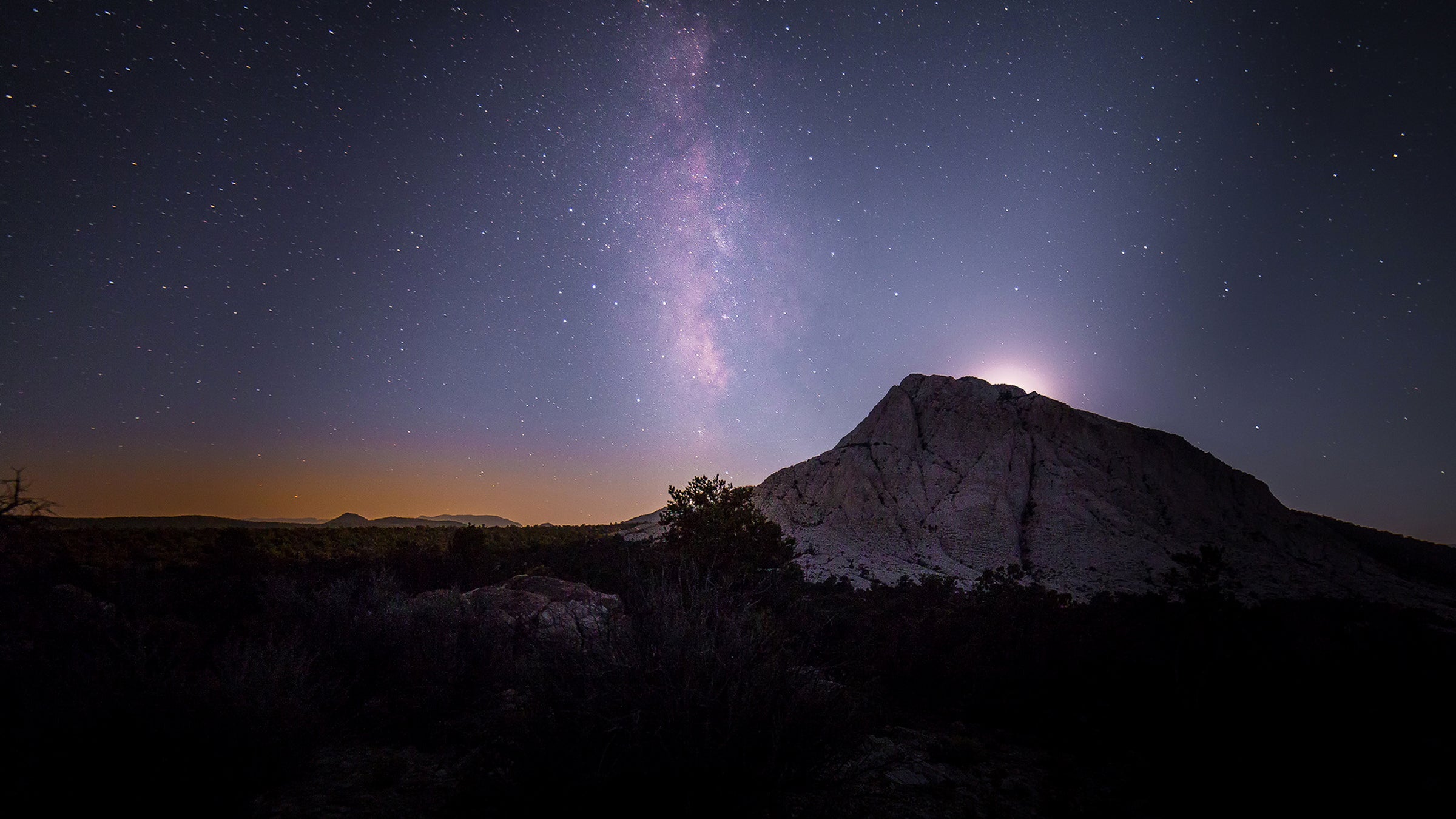As park ranger Kelly Carroll developed his astronomy chops, he began photographing the skies at Great Basin National Park as a creative outlet that appealed to his scientist鈥檚 technical background. The hobby also enriched his understanding of the park. 鈥淚鈥檒l spend six hours in a single spot to capture a time-lapse shot of the night sky. After a while, I start to notice sounds and smells that I don鈥檛 experience during the day. You can sense the animals in the area moving around. The night is very much alive.鈥澛燗ssuming you鈥檙e up for equaling Carroll鈥檚 time commitment to get the shot, we asked him for his top tips on capturing the stars on camera.
1.聽You don鈥檛 need high-end camera gear to capture something wonderful. You can get some nice images off today鈥檚 smartphones once you figure out how to use them. And聽GoPro聽cameras work amazingly well.
2.聽You will need a tripod and a remote shutter release no matter what camera or smartphone you use.
3.聽Understand that any moonlight produces a very different image than what you might expect. In short: More moon equals fewer stars.
4.聽You鈥檒l need a working knowledge of f-stop and shutter speed if you鈥檙e working with a camera.
5.聽A 30-second exposure is usually about as long as you鈥檒l need to capture the full impact of the stars overhead.

